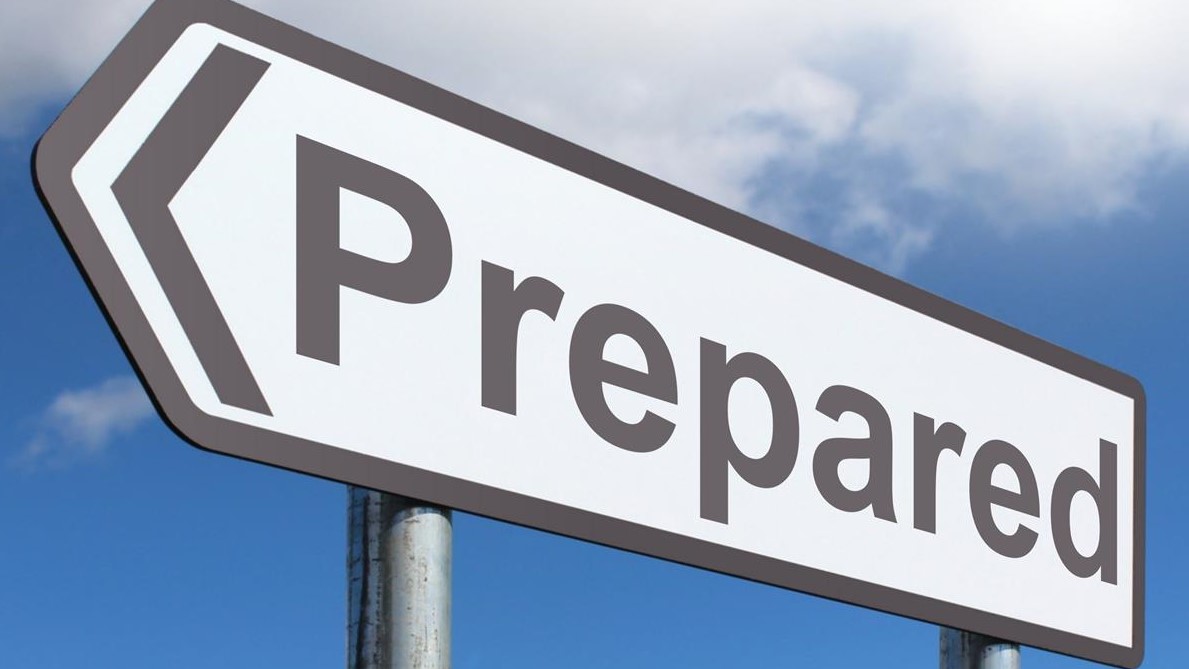
Economics of an outbreak
While the cost to human health and lives is the most pressing concern of outbreaks, the economic costs of outbreaks of disease can be astronomical too. The SARS epidemic of 2002-2003, which infected 8,000 people and caused approximately 800 deaths, caused an estimated $50 billion in damage to the global economy. The Ebola outbreak in West Africa in 2014 cost the global economy approximately $53 billion.
Beyond the direct costs in human life-years lost and medical treatments, the economic effects of these outbreaks reverberate across business sectors. The 2015 MERS outbreak in South Korea that killed 38 people and quarantined 16,000 led to a 41% reduction in tourist visits and in-country avoidance of public places such as restaurants, theaters, and shopping centers. In addition to local economic damage, non-regional firms are affected by these outbreaks as supply chains are disrupted and travel plans cancelled or costs refunded. There are limited options for protecting businesses from these events as most insurance plans have “communicable disease” exemptions.
The current outbreak of novel coronavirus has now surpassed the SARS outbreak of 2002 to 2003 in terms of cases in China, with over 7,600 cases reported as of this morning and at least 170 deaths. The number of worldwide cases sat at 68. The cost of the outbreak may surpass that of SARS for the country.
“The mother of all quarantines” is in effect, according to University of Michigan medical historian Howard Markel, “I could never have imagined it.”
Around 50 million people have been affected by the current travel restrictions. The Lunar New Year holiday was extended. Last week, the country’s three airlines had their stock share prices drop by 13% as they refunded cancelled flights and bookings were cancelled. InterContinental Hotels Group and Hyatt allowed guests to change or cancel stays at most of their Chinese hotels over the holiday. Tourism alone contributes about 11% to the country’s economic growth with 62.9 million international visitors in 2018.
Call for preparedness
According to estimates by the Commission on Global Health of the National Academy of Medicine the global cost of these large disease outbreak events will be over $6 trillion for the 21st century, or approximately $60 billion per year.
Globalization already has and will continue to compound the costs of these outbreaks. Airline and other travel have the potential to spread new diseases across the world in a day. Supply chains are increasingly multinational and interconnected, and even a localized outbreak can have severe downstream effects. Mass communication magnifies public fear and uncertainty during an outbreak and disproportionately affects consumer and business economic outlooks. Influenza caused an estimated 45,000,000 illnesses and 61,000 deaths last year in the United States alone, yet caused no extraordinary fanfare before flu season. Fear of the global spread of the novel coronavirus, meanwhile, caused a potentially disproportionate 450 point drop in the DOW Jones Industrial average on Monday.
The commission released a framework in 2016 for shoring up weaknesses in global health systems and preventing and minimizing these potential global outbreaks into the future. The plan would include “strengthening national public health systems, funding research and development, and financing global coordination and contingency efforts.” The estimated cost: $4.5 billion annually.
Perspectives
Investing in preparedness can have some of the highest returns on investment for public spending. Before Hurricane Katrina hit New Orleans in 2005, estimates to bring the levees up to standards were around $14 billion (which it ended up costing anyways afterwards). The hurricane caused an estimated $160 billion in damage.
The persistent issue with seeking funding for emergency preparedness is that the return is often difficult to calculate. Had the levees been repaired before Katrina, the money saved by the preparation may have been overlooked. Especially for specific preventative measures such as levees, the money needs to be spread across independently protecting cities and regions which might not be hit by them. This can make widespread prevention more expensive and harder to justify for some. For example, building effective seawalls by 2040 to protect coastal U.S. cities with over 25,000 people from storm surges will cost about $40 billion. If small cities with under 25,000 people are to be protected as well, though, the cost will rise to about $400 billion.
Investment in outbreak response system improvement has less of these issues. Diseases can geographically spread fast in today’s world: effective outbreak protection in New Orleans could directly affect New York City. The money invested in one area for disease prevention directly cross protects another and makes investment more efficient. Furthermore, increasing health system preparedness doesn’t only apply to specific diseases, unlike the ability of levees to prevent tornado damage. Improved health response systems can be utilized to more effectively fight diseases that populations already face, such as tuberculosis, which causes $12 billion in global losses a year. Inroads into controlling these already present diseases could show immediate cost savings to the public.
